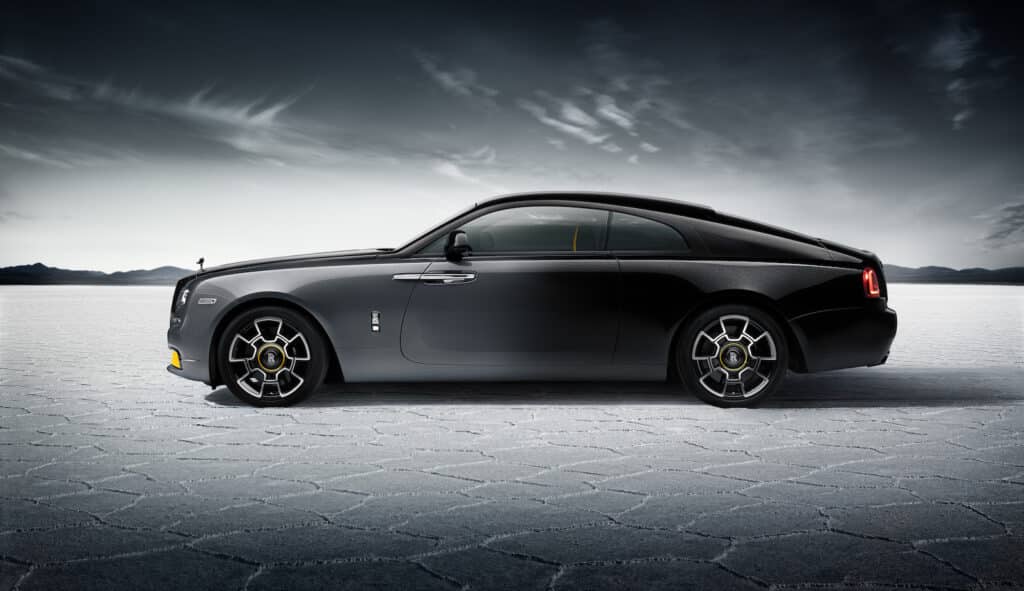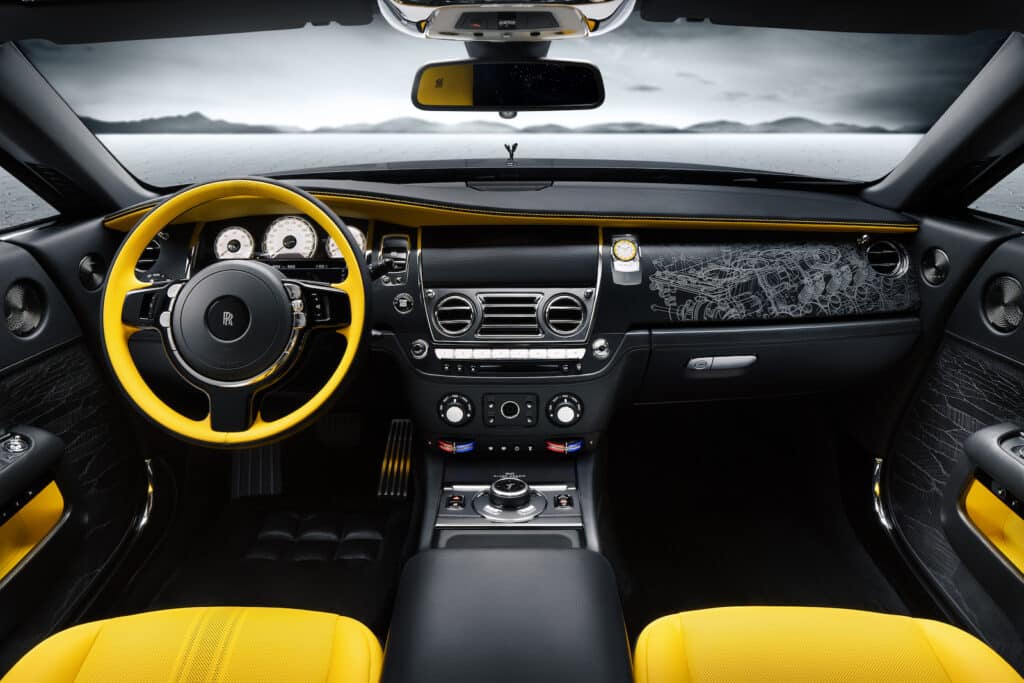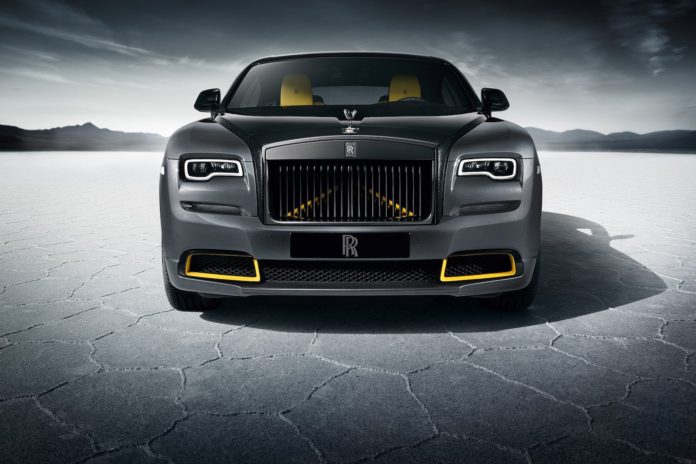As Rolls-Royce drives relentlessly toward electrification, the famed British luxury marque has announced the Black Badge Wraith Black Arrow Collection, the final examples of the Rolls-Royce Wraith, which the company describes as “the most powerful Rolls-Royce in history.” It is also the final pure V-12-powered coupes to be built by Rolls-Royce.
Yet the final Wraiths will undoubtedly manifest their spirit, since the Rolls-Royce Thunderbolt, which set the world land speed record of 357.497 mph at the Bonneville Salt Flats in 1938, served as the design inspiration for the final dozen Wraiths.
“Wraith is one of the most significant and influential cars we have ever made at Goodwood,” said Torsten Müller-Ötvös, chief executive officer, Rolls-Royce Motor Cars. “It opened the Rolls-Royce brand to an entirely new group of clients.”
The inspiration
Boasting polished aluminum body panels and piloted by Captain George Eyston, it was powered by a pair of Rolls-Royce R-type, supercharged 36.5-liter V-12 aero engines, the eight-wheeled, 7-ton Thunderbolt remains the fastest V-12 car ever built.
But the polished metal body reflected the desert sun, blinding observers and preventing them from seeing when the Thunderbolt passed by the timing equipment. Eyston’s simple but ingenious solution was to paint a large black arrow on the car’s sides, incorporating a yellow central circle motif that could be seen clearly even at high speed.

Eyston’s efforts were cut short when the Second World War broke out the following year.
“Both Black Badge Wraith Black Arrow and its inspiration, the V-12-powered land speed record-holding Thunderbolt of the thirties, represent the culmination of many long years of achievement, and the end of their respective eras,” Müller-Ötvös said.
The new collection
For its final 12 Wraiths, the development of the paint and application methods took 18 months of testing and development to achieve the full-color progression between Silver and Black Diamond paint with an extra coating to enhance the transition. It also wears yellow bumper inserts, wheel pinstripes, V-struts behind the grille, and the base of the Spirit of Ecstasy. It’s one of the most intricate paint jobs to ever leave the Goodwood factory and meant to simulate motion blur and represents the salt flats’ texture. In fact, it takes 12 hours to achieve its finish.

The Wraith’s door panels are trimmed with open-pore ebonized wood comprised of 320 lasered marquetry pieces meant to ramble the cracked, surface of the Bonneville Salt Flats. It extends into the rear panel, which separates the two rear seats. The black natural-grain leather that covers much of the cabin has a greater sheen and unlike what you might typically find in a Rolls-Royce, its natural markings have been retained to call to mind the club-armchair type of driving seat George Eyston preferred.
That hasn’t prevented designers from using bright yellow for the front seats, with embroidered headrests. But it did see them design a unique headlight startliner, one that resembles the Milky Way as seen from the Bonneville Salt Flats on September 16, 1938, the date of Eyston’s record.
Oh, and there’s a unique clock and a special plaque.
“Both Black Badge Wraith Black Arrow and its inspiration, the V-12-powered land speed record-holding Thunderbolt of the thirties, represent the culmination of many long years of achievement, and the end of their respective eras,” Müller-Ötvös said. “It’s a fitting finale for this transformative motor car.”

